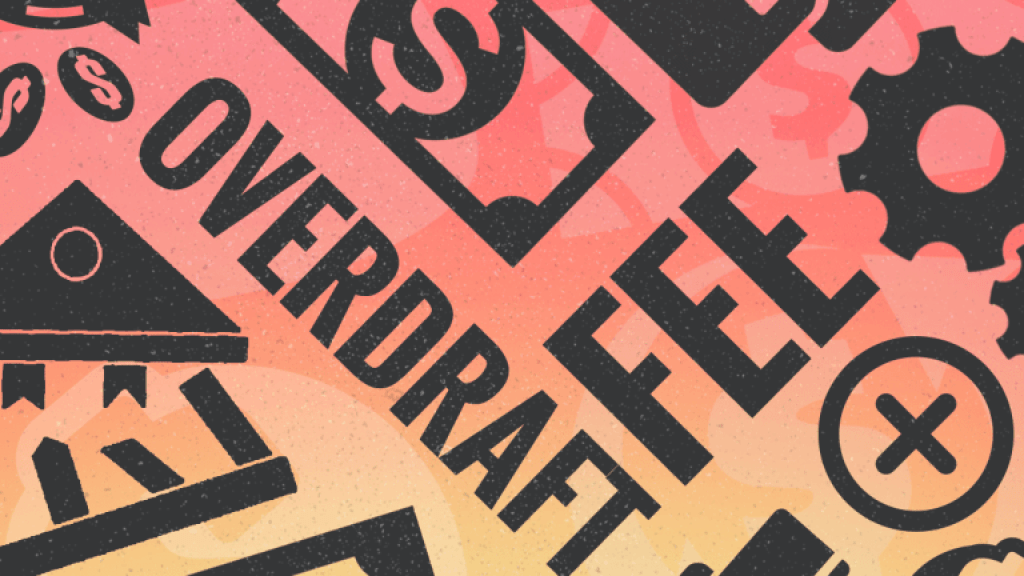Overdraft fees are charged by your bank when there isn’t sufficient money available in your account for a transaction or withdrawal i.e. you spend more money than you have available in your bank account. The overdraft fees are charged by banks on each transaction hence you can be charged multiple overdraft fees in a single day.
The fees can be charged to your account based on multiple modes of withdrawal like checks, debit cards, automatic debit card or ACH payments.
Overdraft Fees of Various Banks in USA
Checkout the list of popular banks in America with overdraft fees charges. Banks like Capital One has already eliminated the overdraft charges. There are NIL charges for Overdraft at Capital One.
|
Name of Banks
|
Overdraft Fees /NSF
|
Overdraft Protection
|
Extended Overdraft
|
|---|---|---|---|
| Wells Fargo Bank | $35.00 | $12.50 | $0.00 |
| Chase Bank | $34.00 | $10.00 | $15.00 every 5 days |
| Bank of America | $35.00 | $12.00 | $35.00 every 5 days |
| US Bank | $36.00 | $12.50 | $25.00 weekly |
| PNC Bank | $36.00 | $10.00 | $7.00 daily |
| BB&T | $36.00 | $12.50 | $8.00 daily |
| Regions Bank | $36.00 | $15.00 | $0.00 |
| SunTrust Bank | $36.00 | $12.50 | $36.00 every 5 days |
| The Huntington National Bank | $37.50 | $0.00 | $25.00 every 5 days |
| TD Bank | $35.00 | $10.00 | $20.00 every 10 days |
| Fifth Third Bank | $37.00 | $12.00 | $0.00 |
| KeyBank | $34.00 | $10.00 | $28.50 every 5 days |
What is NSF Fees ?
The nonsufficient funds (NSF) fee or you may say an insufficient fees can occur when you don’t have enough money in your checking account. It is the fees charged by bank each time the bank chooses to reject a transaction that overdraws your existing balance. Practically Overdraft Fees or NSF fees are same. Bank will charge you either an overdraft fee or an NSF fee, but never both. Many banks are charging separately based on NSF numbers like U.S. Bank, for example, will only charge up to 4 overdraft fees per day, but counts the limit on NSF fees separately, It means 8 separate penalties in a day.
What is Overdraft Protection Fee ?
Overdraft Protection is some type of backup account to your checking account to help pay any overdraft transactions that may occur. But the Overdraft protection doesn’t safeguard the fees on bounced checks, declined payments or transactions and non-sufficient fund fees. Checkout Pro ^ cons of Overdraft Protection.
Pros
- Transaction protection
- Emergency Funds
- No Late Fees
- No Penalty
Cons
- Higher fees
- Interest charges
- Encourages overspending
How to Avoid Overdraft Fees ?
Checkout the various ways to protect your account from overdraft Fees.
1. Track Your Balance
2. Keep Surplus Funds in Your Checking Account
3. Know the Transaction time
4. Track your spending
5. Go with overdraft line of credit.
Overdraft Line of Credit
This is another overdraft protection option for you. Many of banks are providing Overdraft Line of Credit to transfer funds into a checking account to cover the overdraft. Customers pay interest on the overdrawn amount until it’s paid off. There are many banks like Capital One and US Bank are offering this services.
This option is provided while opening a checking account by most banks. You can choose which type of protection you want, depending on what your bank offers. Usually there are fees associated with the protection options mentioned above, but they are typically lower than overdraft fees. Also find – List of All Bank in United States with Total Digit in Bank Account Numbers
| Bank Name | APR | Fees |
|---|---|---|
| Bank of America | N/A | N/A |
| BB&T | 18% | $0 for customer-initiated transfers,
$12.50 for bank-initiated transfers |
| Capital One 360 | 11.25% | $0 |
| Chase | N/A | N/A |
| Citibank | 18.25% | $10 daily transfer fee |
| PNC Bank | Varies based on credit approval | $50 annually, waived for Performance Select Checking account holders |
| SunTrust | 13% to 16%, based on credit approval | $7 per month |
| TD Bank | 18% | $25 annual fee, $10 daily transfer fee |
| US Bank | 21.9% | $0 |
| Wells Fargo | Varies based on credit approval | $0 |
